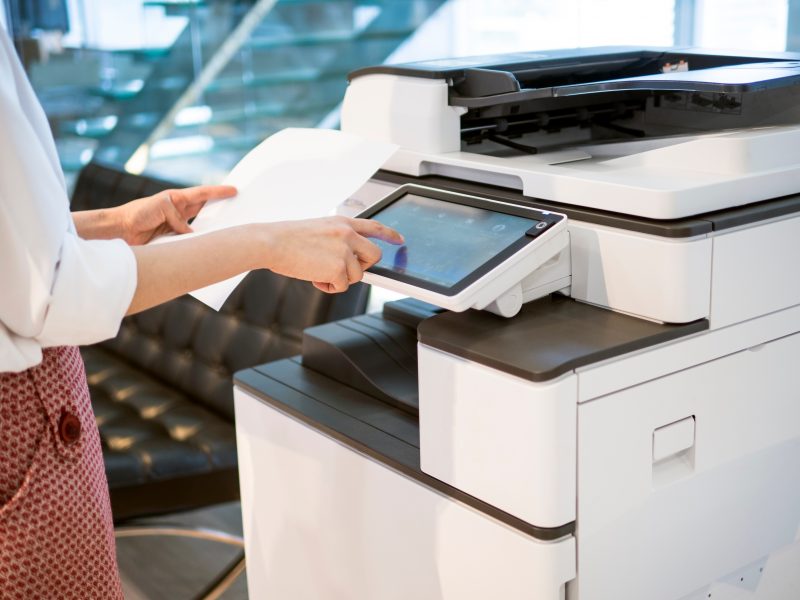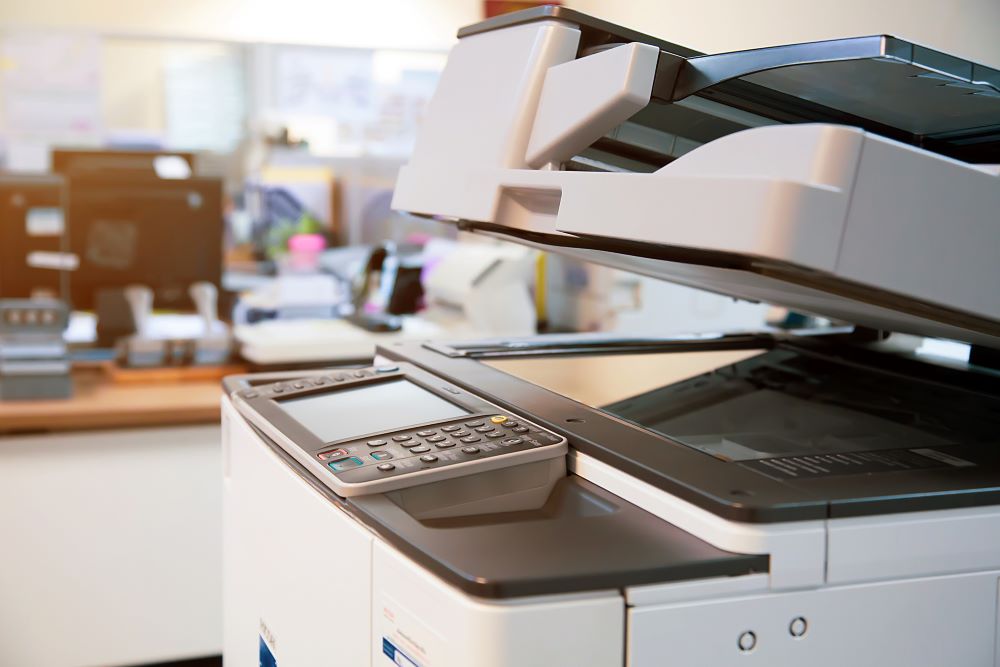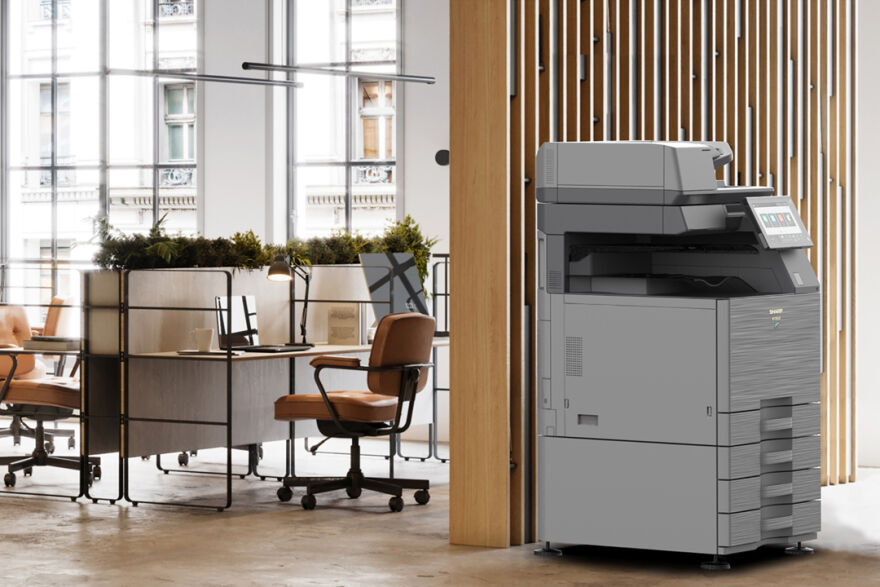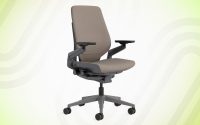A Guide to Finding the Ideal Printer for Your Office
In today’s fast-paced business world, where efficiency and productivity are paramount, having the right office equipment can make all the difference. Having everything you need, from a whiteboard to reliable computers will equip you to tackle any challenges that come your way.
From churning out important documents to creating eye-catching marketing materials, a reliable printer is also a must-have tool. But with countless options available, how do you navigate the sea of choices and find the ideal model for your specific needs? Visit a reputable Australian online store and check out the variety of office machines that can help streamline your office tasks.
You’ll find a wealth of information about each machine, including descriptions, specifications, and customer reviews. Whether you need a printer, scanner, multifunction printer, label printer, or fax machine, there’s a range of models to explore. Read on to learn some tips for finding the perfect printer for your office, ensuring that your tasks are seamless, cost-effective, and deliver outstanding results!
Printing Requirements

First things first, think about the volume of printing you’ll be doing. Do you print a high volume of office documents, reports, and presentations daily? Or are you more of a moderate-volume office where occasional printing is the norm? Understanding your volume will help you determine the type of machine that can keep up with your needs.
Next, consider the type of documents you’ll be printing. Do you primarily print black-and-white text-based documents like contracts, emails, and memos? Or do you need to print colourful marketing materials, brochures, or graphics? If most of your documents are text-based, a printer that excels in black-and-white printing will be more suitable. On the other hand, if you’re in a creative field, such as graphic design or advertising, you might require a machine that can produce vibrant, high-quality colour documents.
Print Speed
When it comes to finding the right printer in Australia print speed is another thing to consider. After all, nobody likes to wait around for ages for documents to print, right? The speed refers to the number of pages the device can print per minute (ppm). It’s a crucial factor, especially in busy office environments where time is of the essence. Think about it – if you have a high volume of printing to do, you want a model that can keep up with your pace and do its job efficiently.
When assessing print speed, consider your office’s specific needs. Are you constantly printing large documents, reports, or presentations? Or are you printing smaller documents, such as emails or memos, but in high quantities? The answers to these questions will help you determine the ideal print speed for your office. For offices with heavy printing demands, you need a model with a higher print speed, such as 30 ppm or more.
This means that it can produce a larger number of pages in a shorter amount of time, allowing you to be more productive and move through your tasks swiftly. On the other hand, if you don’t print that many documents, a model with a slightly lower print speed will be perfectly suitable. For example, one with a print speed of around 20 ppm can handle everyday printing tasks effectively.
Print Quality

It’s essential to have sharp and clear documents, especially if your office frequently produces client-facing materials, marketing collateral, or important reports. An office printer that consistently delivers high-quality prints will help you make a positive impression and maintain a good image for your business. For this reason, look for models with a resolution of at least 1200 dpi for sharp and detailed prints.
The type of printing technology that the device uses also plays a role in print quality. Inkjet printers produce vibrant colours and smooth gradients, making them suitable for tasks that require colour accuracy and rich visuals. On the other hand, laser printers produce sharp text and precise line work, making them ideal for text-based documents like contracts or reports.
Connectivity Option
So, what connection do printers use? These office machines use various types of connections to communicate with your computer, such as:
• USB: These connections offer a reliable and straightforward way to connect a printer to your computer. All you need is a USB cable that plugs into both your computer and the device, and you’re good to go. USB connections are stable and compatible, making them a popular choice for both home and office use;
• Ethernet: This allows multiple users within the network to access the device and send print jobs. Ethernet connections are common in larger office environments where multiple users need to share a printer;
• Wi-fi: This connection saves you from having to deal with any cables, so you can place the device wherever it’s most convenient. Wi-Fi connections offer flexibility and convenience, especially in offices where mobility and ease of use are important;
• Bluetooth: This connectivity allows you to connect your office machine to devices such as smartphones, tablets, or laptops without the need for an internet connection. It’s a handy option if you frequently need to print directly from your mobile devices.
Cost of Consumables

Consumables, such as ink or toner cartridges, are an ongoing expense that comes with printing. The cost of these items can vary significantly depending on the device model and brand. It’s important to keep this in mind because the last thing you want is to be caught off guard by high cartridge prices that can eat into your budget.
So, look at the price of replacement ink or toner cartridges for the device you’re interested in. Check if they sell the cartridges individually or as part of a multi-pack. Multi-packs often offer better value for money, so keep an eye out for those if you anticipate regular printing!
It’s also worth considering if the printer offers options for high-capacity or XL cartridges. These cartridges have a higher page yield and are often more cost-effective in the long run, even though their upfront cost is slightly higher.



